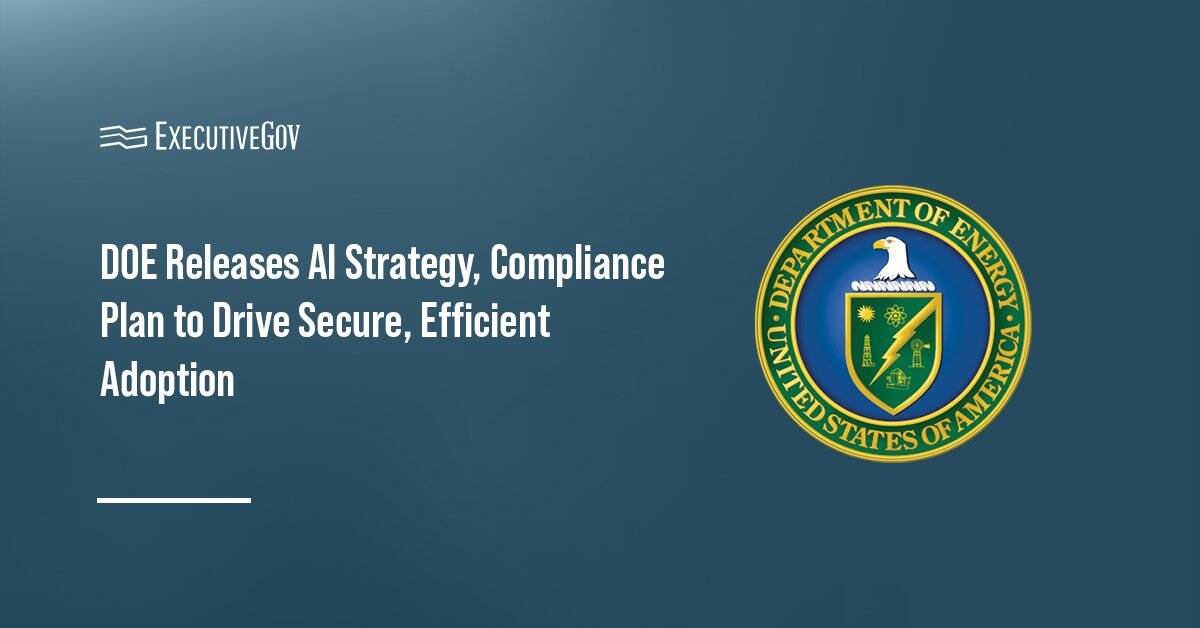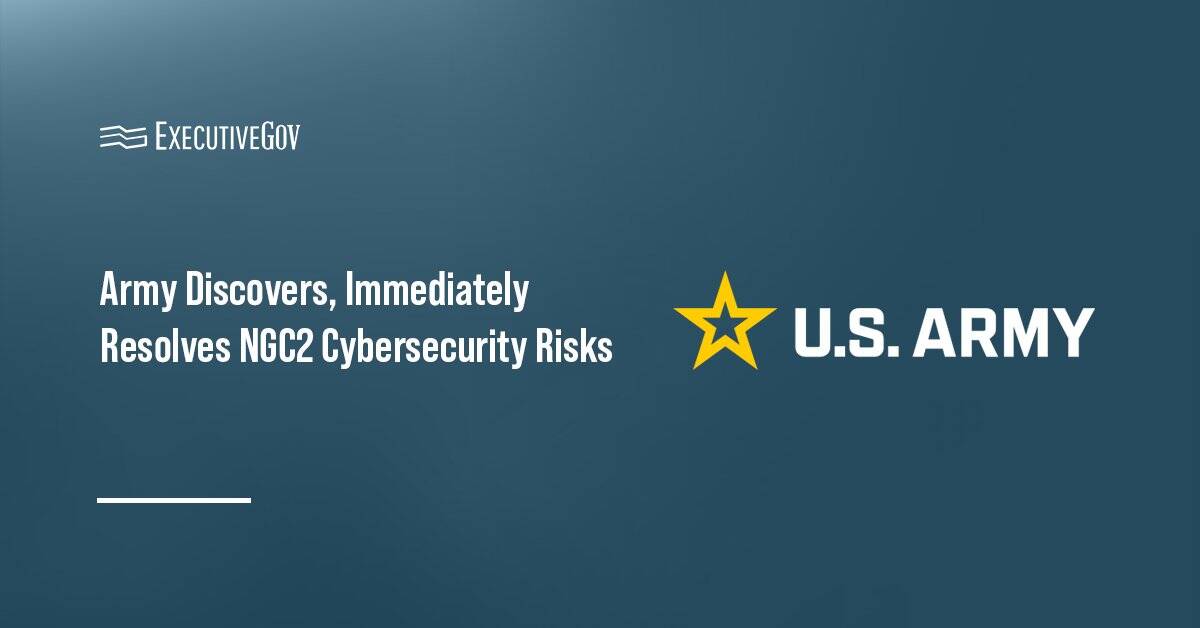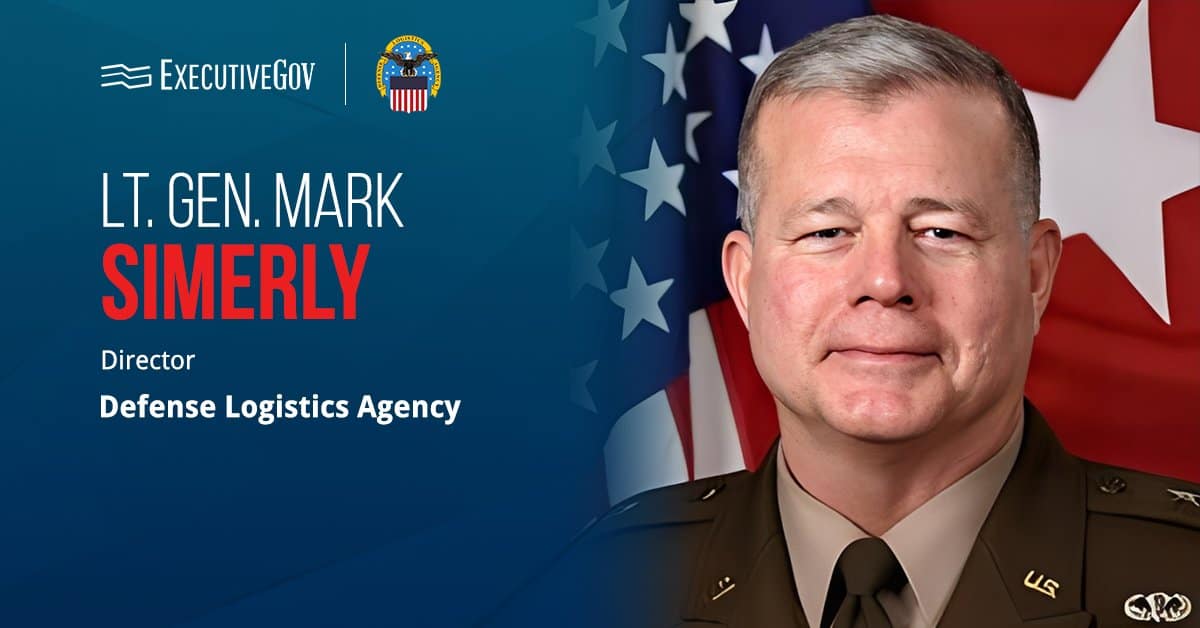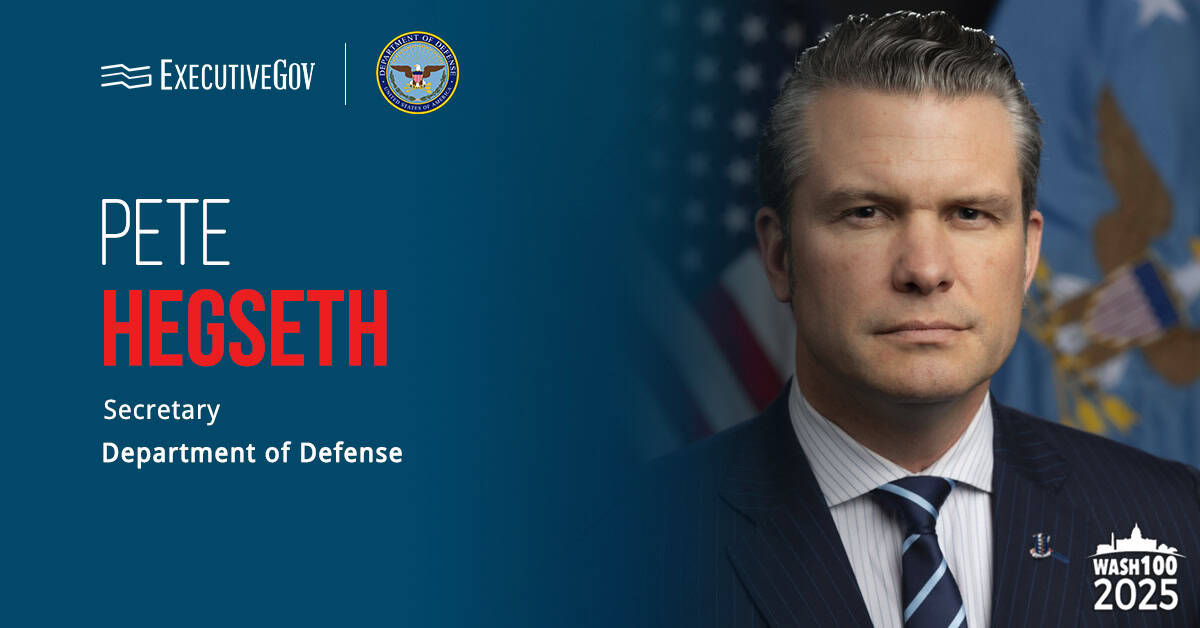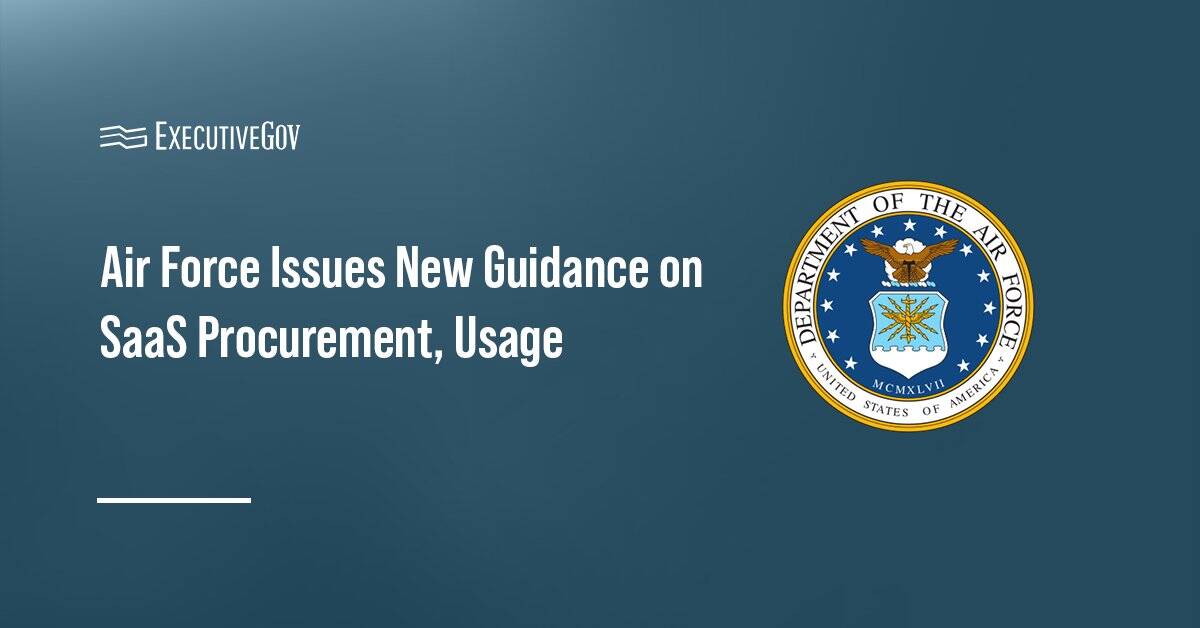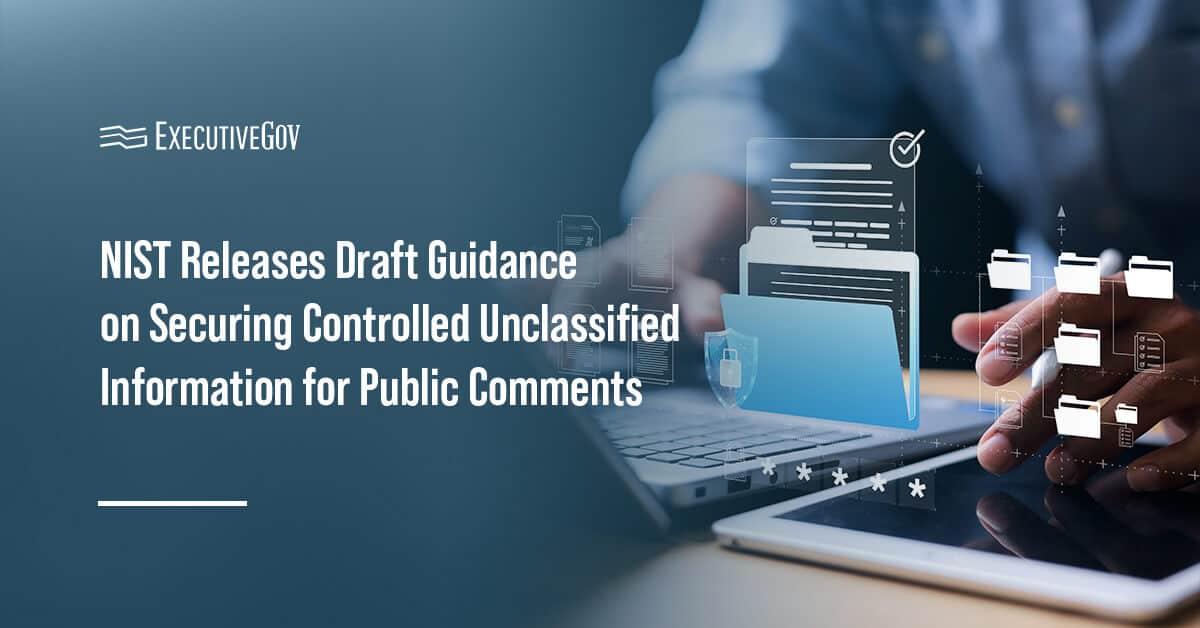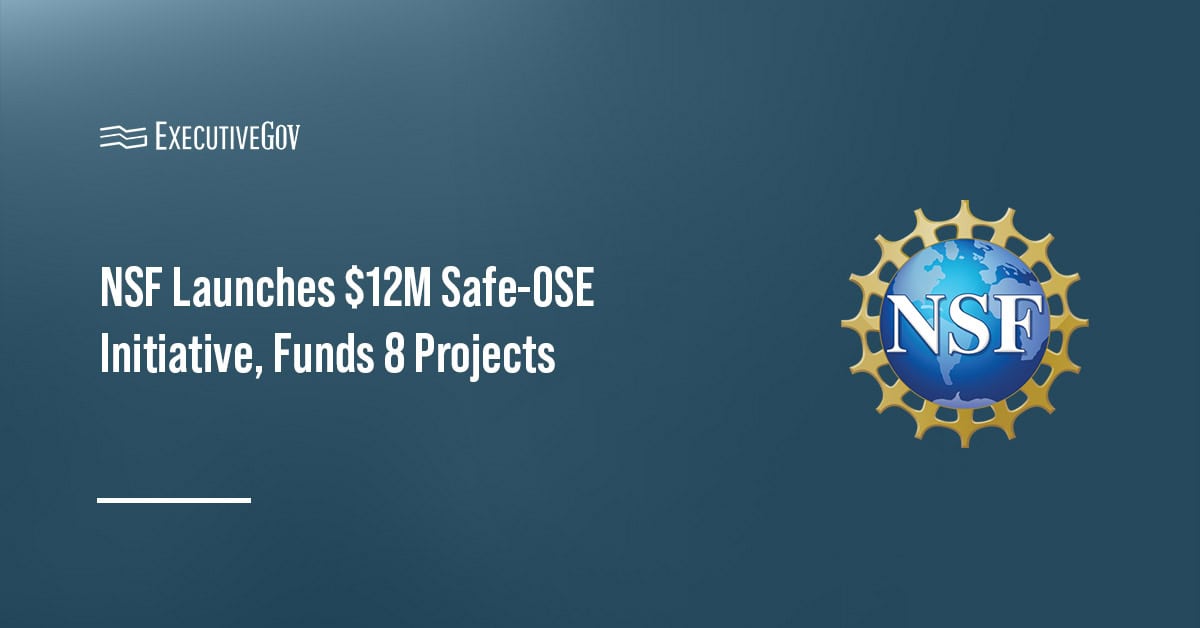The Department of Energy has unveiled its Artificial Intelligence Strategy and Compliance Plan. The documents, published Wednesday, promote safe and secure AI adoption to address the nation’s energy-related challenges and ensure alignment with all federal requirements.
DOE’s AI Guidance
The strategy details how the department plans to harness the capabilities of AI to support its mission. The document provides possible use cases for the advanced technology in everyday operations, scientific discovery and innovation, energy efficiency, and national security.
One example of an AI use case within DOE is for nuclear deterrence. According to the strategy, AI and machine learning can be deployed to accelerate the department’s stockpile stewardship mission.
For scientific discovery, the department is looking into AI/ML techniques to speed up the discovery of new materials with desirable properties.
The plan also emphasizes building AI-enabling infrastructure, adopting AI practices, providing opportunities for workforce development and collaborating with industry, academia and international partners.
Complementing the strategy, the DOE AI Compliance Plan ensures alignment with federal requirements outlined in the Office of Management and Budget’s Memorandum M-25-21 issued in April. The memo encourages agency-wide AI adoption and innovation and sets protections for the civil rights, privacy and civil liberties.
The plan details efforts to improve AI governance, strengthen oversight, manage risks and improve public trust in the government’s use of the technology.


